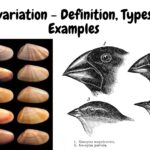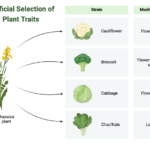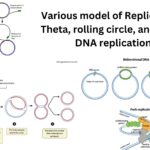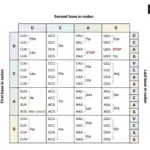Agricultural Microbiology 3 Views 1 Answers
Sourav PanLv 9July 24, 2025
How is lignocellulose degradation different from general cellulose degradation, and what unique challenges does it present?
How is lignocellulose degradation different from general cellulose degradation, and what unique challenges does it present?
Please login to save the post
Please login to submit an answer.
Sourav PanLv 9July 24, 2025
Lignocellulose is the complex, composite structure found in plant cell walls, primarily composed of three main polymers: cellulose (60%), hemicellulose (17-32%), and lignin (10-25%). While cellulose degradation focuses specifically on breaking down the cellulose polymer, lignocellulose degradation involves the breakdown of all three interconnected components.
Unique challenges and differences arise due to the presence of hemicellulose and, especially, lignin:
- Lignin Recalcitrance: Lignin is a complex, cross-linked phenyl propane polymer that forms an outer barrier, contributing significantly to biomass recalcitrance (resistance to degradation). It physically obstructs enzyme access to cellulose and hemicellulose.
- Hemicellulose Interweaving: Hemicellulose, a branched heteropolysaccharide, acts as a linking agent between lignin and cellulose and forms a physical barrier that further obstructs enzyme access to cellulose.
- Enzyme Specificity: Lignin degradation requires a distinct set of oxidative enzymes (e.g., laccases, peroxidases like LiP, MnP, VP, DyP) that break down alkyl-aromatic polymers. These are different from the hydrolytic enzymes (cellulases and hemicellulases) needed for carbohydrate breakdown.
- Pre-treatment Requirement: Due to the compact and recalcitrant nature of lignocellulose, a pre-treatment step is often necessary before enzymatic hydrolysis to reduce its resistance and make cellulose and hemicellulose more accessible. This can involve thermochemical or physical methods, which contribute significantly to the overall cost of biofuel production.
- Synergistic Enzyme Systems: Effective lignocellulose degradation often requires a broader “enzymatic cocktail” that includes enzymes targeting lignin and hemicellulose, in addition to cellulases. The microbial communities involved in lignocellulose degradation (e.g., white-rot fungi) possess these diverse enzyme sets.
- Industrial Cost: The high cost of lignocellulosic-degrading enzymes and the need for energy-intensive pre-treatments are major economic barriers to widespread use of plant biomass for biofuels.
0
0 likes
- Share on Facebook
- Share on Twitter
- Share on LinkedIn
0 found this helpful out of 0 votes
Helpful: 0%
Helpful: 0%
Was this page helpful?




